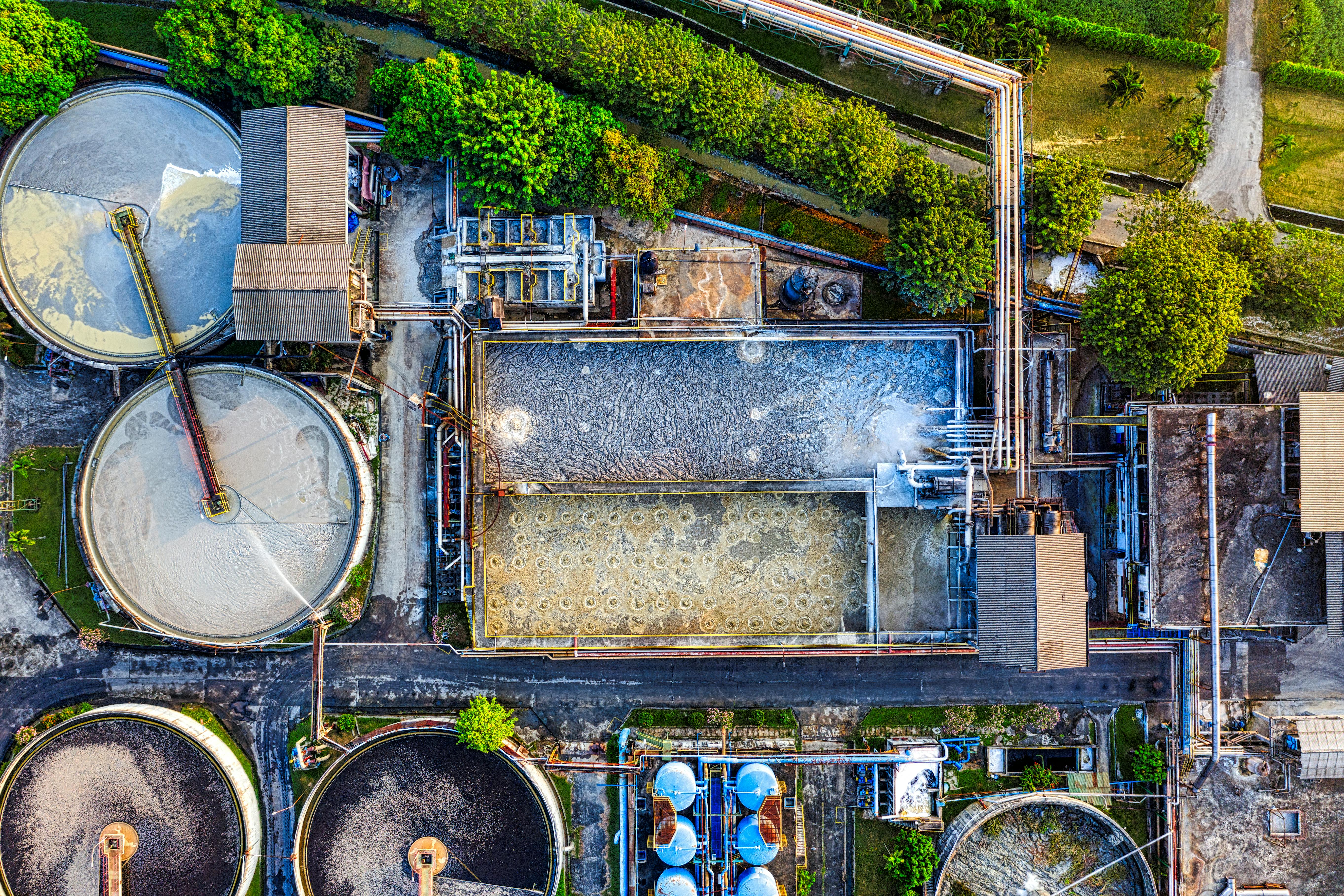Media release
From:
Chemicals from turmeric and rhubarb could help fight antibiotic-resistant bacteria lurking in wastewater
Scientists monitoring wastewater find a range of antibiotic-resistant bacteria — but natural compounds show promise for fighting them off
Antibiotic resistance poses a significant health threat worldwide. One underappreciated source of resistant bacteria is our wastewater, as bacteria in sewage evolve to survive small doses of antibiotics excreted by patients. Without proper treatment, these resistant bacteria could get into our water resources and cause infections, or transfer genes for antibiotic resistance to other bacteria. Scientists experimenting with natural compounds as potential water treatments have discovered that extracts of turmeric and rhubarb, curcumin and emodin, inhibit the activity of some strains of these resistant bacteria. In the future, we might be able to use them to control this source of antibiotic resistance.
When we’re taking antibiotics, some of the dose is excreted with urine and feces and ends up in our wastewater. The presence of this low dose of antibiotic creates an opportunity for resistant bacteria to evolve. Scientists studying antibiotic resistant bacteria in wastewater at a treatment plant discovered multi-drug resistant strains of bacteria species which are usually not dangerous to healthy people, but which could transmit genes for antibiotic resistance to much more dangerous bacteria like E. coli.
The scientists then challenged the bacteria with natural compounds which could potentially be included in wastewater treatment to kill off bacteria and fight antibiotic resistance. The most effective were curcumin, which comes from turmeric, and emodin, from rhubarb.
“Without improved treatment, wastewater could serve as a breeding ground for ‘superbugs’ that may enter water resources such as rivers, lakes, and reservoirs, posing potential risks to public health,” said Dr Liyuan ‘Joanna’ Hou of Utah State University, senior author of the article in Frontiers in Microbiology. “Our goal was to isolate and characterize multidrug-resistant bacteria, explore the molecular mechanisms of resistance through whole-genome sequencing, and assess the potential of natural compounds as alternative mitigation strategies.”
Survival of the resistant
Antibiotic resistance develops when bacteria evolve to be less vulnerable to antibiotics. This is more likely to happen if bacteria are exposed to a dose of vaccine which is too low to kill them all; the survivors develop resistance. Someone infected with these resistant bacteria may then find that their treatment doesn’t work, potentially making routine surgery or illness much more dangerous.
Some bacteria are resistant to several antibiotics; these infections are often treated with ‘last resort’ drugs like colistin. However, when Hou and her colleagues tested samples of effluent from a wastewater treatment plant in Logan, Utah, they found some colonies of bacteria that were resistant even to colistin. This underlines the urgency of finding ways of preventing and treating bacterial infection which minimize the use of antibiotics.
The scientists screened their samples using one antibiotic, sulfamethoxazole, to identify nine different antibiotic-resistant strains. These strains of bacteria were then tested against multiple classes of antibiotic to see how many they resisted. Their genomes were also sequenced, which allowed the scientists to identify not just the bacteria themselves but genes which contribute to their antibiotic resistance. One strain, U2, which had the highest number and variety of antibiotic resistance genes, was resistant to all the antibiotics tested.
The strains represented species of Microbacterium, Chryseobacterium, Lactococcus lactis, and Psychrobacter, which are rarely dangerous to most people — but that doesn’t mean their presence is nothing to be worried about.
“While not traditionally classified as top-priority clinical pathogens, some are opportunistic pathogens associated with infections such as pneumonia in immunocompromised individuals,” explained Hou. “These bacteria could also act as environmental reservoirs, transferring resistance genes to other bacteria, including clinically relevant pathogens.”
Fighting back
The scientists challenged colonies of these bacteria with different concentrations of 11 natural compounds: berberine, chlorflavonin, chrysin, curcumin, emodin, hesperidin, naringin, quercetin, resveratrol, rutin, and 2’-hydroxyflavone. They then looked at different measurements of the colonies’ health — cell growth, biofilm formation, and how active the bacteria were.
“We selected a panel of compounds primarily derived from plants, such as curcumin from turmeric, quercetin from onions and apples, and emodin from rhubarb,” said Hou. “These compounds were chosen based on their reported antimicrobial or anti-biofilm properties in previous studies and their natural abundance, making them promising candidates for exploring new, environmentally friendly approaches to mitigate resistance.”
They found that emodin and curcumin were best at inhibiting cell growth and biofilm formation, while curcumin and a higher dose of emodin reduced cell activity — although a low dose of emodin increased activity for several strains. However, Gram-negative bacteria like Chryseobacterium were resistant to all the compounds.
“While natural compounds like curcumin and emodin show promise in inhibiting Gram-positive multidrug-resistant bacteria, further research is needed,” said Hou. “Future work should include testing these compounds in complex wastewater matrices, exploring synergistic effects with existing treatment processes, and assessing long-term impacts on microbial communities and resistance dynamics. Additionally, scaling up from laboratory studies to pilot-scale trials will be critical for evaluating feasibility and environmental safety.”



 International
International



